Nest box inspection report, June 2022
With help on different occasions from Tim, Zdena, Edwina, Jenni, Jan and Bill, I completed this year’s round of nest box inspections. It has proved to be a great year,…
With help on different occasions from Tim, Zdena, Edwina, Jenni, Jan and Bill, I completed this year’s round of nest box inspections. It has proved to be a great year,…
(Our bird expert, John, walks the wood around 6 times between March and June and records all the birds he hears and/or sees each time. Below is his report for…
A total of 135 species were identified this year (90 flowers, 17 grasses, and 28 trees). The main findings are here, as is the accompanying methodology description. The full table…
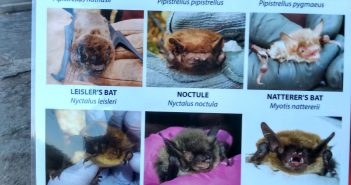
Led by John Parker, Chair of the Nottinghamshire Bat Group, we toured the wood after John described the bats known in the County (see image), explaining their life cycles and…
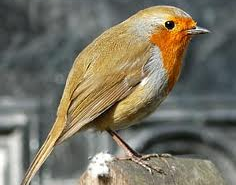
Sharphill Wood is home to typical birds of deciduous woodland and margins. Resident species are supplemented by a handful of summer visitors. Although birds can be quite difficult to spot…
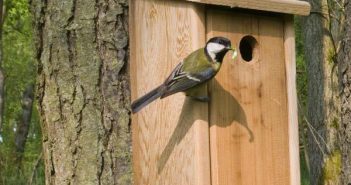
This year’s inspection of nest boxes at Sharphill Wood is now complete following a 9th visit today just to check the final box. Thanks to Chrissie, Hilary, Jan, Simon, Tim…
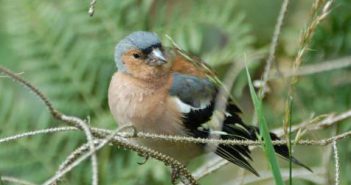
The Sharphill Wood dawn chorus walk went ahead on a fine but chilly morning and at full capacity (6 participants including leader). Most of the common woodland birds were in…
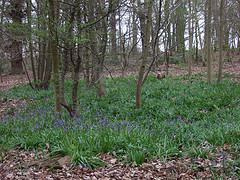
SHARPHILL WOOD FLORA SURVEY 2020 Report to accompany Excel Spreadsheet ‘Flora Survey_2020’ link at the bottom of the page Introduction Sharphill Wood is a native mixed, primarily deciduous, woodland and…
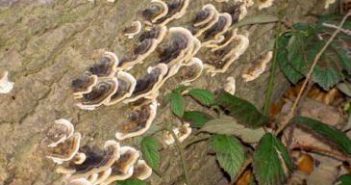
While walking through Sharphill wood during the Autumn, you will come across fungi of all shapes and sizes. The link below is from Notts Wildlife trust and gives information on…

Sharphill Wood is home to birds typical of deciduous woodland and its margins. Resident species are supplemented by a handful of summer visitors. Although birds can be quite difficult to…
